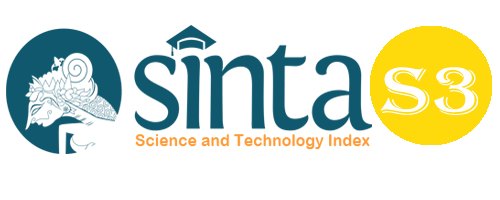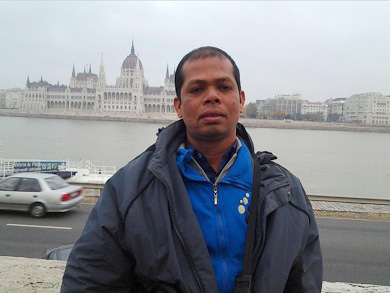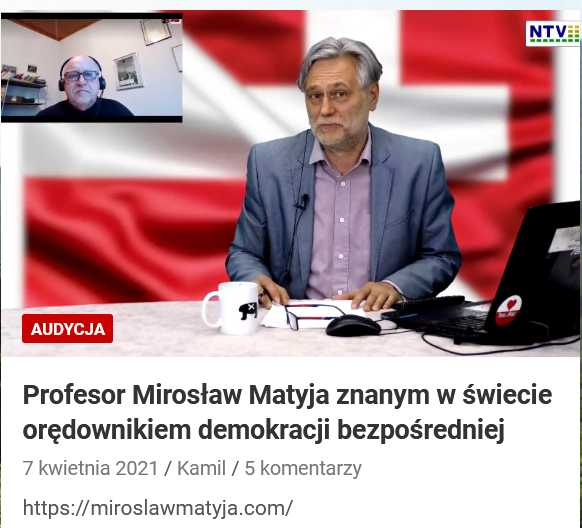Islamic Acculturation and Local Culture on Nyiramkeun Tradition in Talagawetan Village Majalengka Regency
Abstract
This research tries to explain the acculturation between Islam and Sundanese culture in the Nyiramkeun tradition. The problems raised in this study are the origin, procession, or implementation of the Nyiramkeun ritual tradition, the form of acculturation between Sundanese and Islamic culture, the meaning or the perceptions of the Talagawetan villagers on the influence of tradition on their lives. This research was field research, according to the theory of acculturation according to Koentjaraningrat. In essence, field research aims to find out the specifics and realities of what happens in society. The anthropological approach used in this research is ethical and emic theory. With data collection techniques used are observation, interviews, and documentation. The research results can be seen from several things, namely, first, the Nyiramkeun ceremony tradition in the village of Talagawetan has existed around the 1820s, namely since the Talaga Manggung government was transferred to Sindangkasih. Second, the acculturation process in the Nyiramkeun ceremony tradition, namely the prayer's recitation. The do'a uses do'a-do'a in Arabic acculturated with the Sundanese language, which is combined in the prayer, where the prayer in the Sundanese language is known as Hadoroh. In addition to the acculturation prayer between Sundanese and Islamic cultures, namely the staging of traditional arts such as karinding, sada awi, debus, gembyung, and jaipong, know that these arts do not originate from Islamic culture but are acculturation between Hindu-Buddhist culture and culture. Islam. The three public perceptions of Islamic acculturation can give the meaning that this Nyiramkeun Traditional Ceremony is an activity to carry out and preserve the heritage of the Talaga Manggung Kingdom, to purify oneself, and as a suggestion to strengthen the ties of brotherhood between descendants of the Talaga Manggung kingdom and members of the community in Talagawetan Village. Generally, as well as maintaining the preservation of the surrounding natural environment. The community has accepted the tradition of the Nyiramkeun ceremony. However, this ceremony tradition was far from Islamic elements, and gradually this tradition has merged with Islamic teachings.
Keywords
Full Text:
PDFReferences
Adiansyah, R. (2017). Persimpangan Antara Agama dan Budaya (Proses Akulturasi Islam dengan Slametan dalam Budaya Jawa). Jurnal Intelektualita: Keislaman, Sosial Dan Sains, 6(2), 295–310. https://doi.org/10.19109/intelektualita.v6i2.1612
Ahmad Suriadi. (2019). Akulturasi Budaya dalam Tradisi Maulid Nabi Muhammad di Nusantara. Khazanah: Jurnal Studi Islam Dan Humaniora, 17(1), 168–191. https://doi.org/10.18592/khazanah.v16i2.2324
Alif, N., Islam, U., Sunan, N., Surabaya, A., Mafthukhatul, L., Islam, U., Sunan, N., Surabaya, A., Ahmala, M., Tinggi, S., Islam, A., Surabaya, T., Jawa, B., & Islam, B. (2020). Akulturasi Budaya Jawa dan islam. Al’Adalah, 2(2), 143–162.
Andik Wahyu Muqoyyidin. (2013). Dialektika Islam dan Budaya Jawa. Jurnal Kebudayaan Islam, 11(1), 7.
Angkat, M., Katimin, and Nur, A. (2019). Construction of Religious Identity in Pakpak Culture Community in Dairi District. Budapest International Research and Critics Institute-Journal (BIRCI-Journal) Vol 2 (4): 487-494.
Arifin, M. (2016). Islam dan Akulturasi Budaya Lokal di Aceh (Studi terhadap Ritual Rah Uleidi Kuburan dalam Masyarakat Pidie Aceh). Islam Futura, 15(2), 251–284.
Aziz, D. K. (2015). Akulturasi islam dan budaya jawa. Fikrah, I(2), 253–286.
Cahyaningrat. (2014). Tradisi Nyiramkeun Pusaka Kerajaan Talaga Manggung. Cirebontrust.Com.
Ertanti, M. H. S. B. I. R. S. D. W. (2019). Vicratina : Jurnal Pendidikan Islam Volume 4 Nomor 2 Tahun 2019. Vicratina, 4(1), 65–71.
Fadlia Syechbu. (2017). Hubungan Antara Agama dan Ham. In fadliasyechbu.blogspot.co.id. http://fadliasyechbu.blogspot.co.id/2011/04/hubungan-antara-agama-dan-budaya.html
Ghazali, A. (2011). Antropologi Agama. Alfabeta.
Joko Tri Prasetya. (2009). Ilmu Budaya Dasar. Rineka Cipta.
Kurnaedi, E., Agustina, K., and Karyono, O. (2020). Strategy for Improving Service Performance through Organizational Culture and Climate. Budapest International Research and Critics Institute-Journal (BIRCI-Journal) Vol 3 (2): 1360-1368.
Laode Monto Bauto. (2014). Perspektif Agama dan Kebudaan dalam Kehidupan Masyarakat Indonesia : Suatu Tinjauan Sosiologi Agama. Jurnal Pendidikan Ilmu Sosial, 23(2), 24.
Marzuki. (2015). Simbolisme Dalam Upacara Adat: Kajian Terhadap Upacara Adat Mappogau Hanua Pada Masyarakat Adat Karampuang Di Kabupaten Sinjai, Sulawesi Selatan. Universitas Gajah Mada.
Nur’Aini (2021): Effects of Acculturation of Assimilation in the Search for Cultural Identity by the Punjabi Ethnic Minority in Medan, Indonesia, Journal of Human Behavior in the Social Environment, DOI: 10.1080/10911359.2020.1825257
Roszi, jurna petri, & Mutia. (2018). Akulturasi Nilai-Nilai Budaya Lokal dan Keagamaan dan. Jurnal Kajian Keislaman Dan Kemasyarakatan, 3(2).
Ulum, B. (2014). Islam Jawa : Pertautan Islam Dengan Budaya Lokal. Jurnal Pusaka, Juli-Desem(2), 28–42.
Widiana, N. (2017). Budaya Lokal Dalam Tradisi “Nyumpet” Di Desa Sekuro Kecamatan Mlonggo Kabupaten Jepara. Jurnal Ilmu Dakwah, 35(2), 286. https://doi.org/10.21580/jid.v35i2.1611
DOI: https://doi.org/10.33258/birci.v4i2.1945
Article Metrics
Abstract view : 125 timesPDF - 105 times
Refbacks
- There are currently no refbacks.

This work is licensed under a Creative Commons Attribution-ShareAlike 4.0 International License.

This work is licensed under a Creative Commons Attribution-ShareAlike 4.0 International License.

_.gif)

















_.gif)



